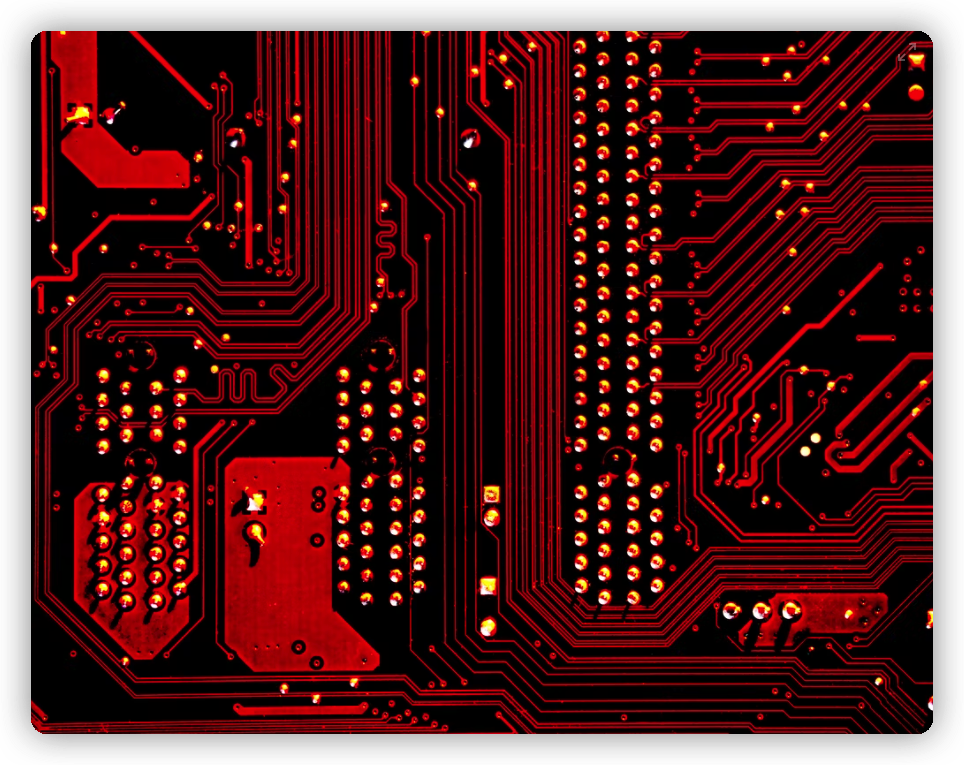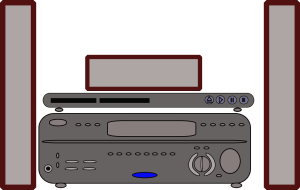So you’ve heard the term “firmware” and “software” tossed around a few times, but you’re not sure what they mean. The differences between software and firmware can be confusing, but once you get the hang of them, you’ll understand that they’re just two sides of the same coin. These two terms are often used interchangeably, but they actually have very different meanings. Maybe it’s time to find out! We’re going to explain why they’re important, and how they differ.
In this article, you will learn:
What is Software?

Software is the code that runs on your computer, mobile phone, or laptop. It’s what makes your computer work, and it’s what enables you to do things like surf the web or send messages to your friends. Without software, you would have to do a lot more manual work to complete tasks. Software can be used for everything from creating music to making sales projections – and anything in between.
A computer has a processor that executes instructions in software. This computer software controls all the operations of the computer and its components, including storing data and running programs. It can be stored on an external device (like a USB drive) or internally within the device (like ROM or RAM). An operating system like Microsoft Windows is an example of software that runs on your computer.
In contrast, if you were to delete all of your installed software from your laptop (or change operating systems), then everything would still work fine—except for one thing: Your screen would no longer display anything when you turn on your laptop! That’s because Windows 10 is not actually stored in any physical location on your machine; rather, it’s stored in RAM memory that gets loaded into temporary storage when you boot up your laptop and use it normally every day (otherwise known as volatile memory).
What is Firmware?

Firmware is a different type of software that controls hardware components in your computer or laptop.
Firmware is created by hardware manufacturers and installed on your computer’s hardware. It provides instructions that tell your computer how to interact with its operating system. For example, when you turn on your computer, it boots up using firmware instructions that tell it how to read the hard drive and load the OS like Microsoft Windows or IOS into memory so it can run smoothly.
There are two types of firmware—system firmware and device firmware. System firmware runs the computer’s core components like the CPU, RAM, motherboard and boot drives. Device firmware controls the hardware such as a graphics card or hard drive controller. Every component in a computer requires its own type of firmware to work efficiently.
Firmware is managed by pre-boot environment (sometimes called “PC BIOS”) that starts before your operating system, like Windows or IOS (which starts after the BIOS finishes loading). The BIOS consist of software routines that perform tasks such as memory testing during system startup and controlling peripheral devices connected to the PC COM ports before an OS starts running.
What Is the Difference Between Firmware vs. Software?
You may have heard that firmware and software are the same. This is not true. There are a lot of differences between firmware and software, including how they are installed, what their purposes are, how they interact with other software on your computer or device and what data they can access. Firmware is installed at the time of manufacturing and does not change once it is installed. Software, on the other hand, can be updated or replaced at any time, even if it was installed when the computer was built.
A firmware update is not a software update. If you install an operating system or device driver on your PC, that’s software. You should not install operating system updates on your computer, printer, or other device with firmware. They won’t be compatible and may even damage the hardware or devices.
Operating systems and device drivers must be for end-users to use, but other types of firmware are for technicians or manufacturers to use. Manufacturer’s firmware may include settings that only work with their brand of printers; this is separate from the printer driver software you will be installing on a computer running OS X, Windows or Linux.
Firmware is also different from application software because it is stored in non-volatile memory, such as flash memory. This means that a firmware program can be quite small – usually no larger than a few kilobytes.
Firmware also has a dual purpose of storing operating system and device driver files. Unlike application software, firmware files are not normally directly executable. Applications must be loaded into memory before they can be run. They are also typically read and interpreted by the hardware as instructions for performing an operation or performing an action, rather than having direct interaction with the operating system software.




